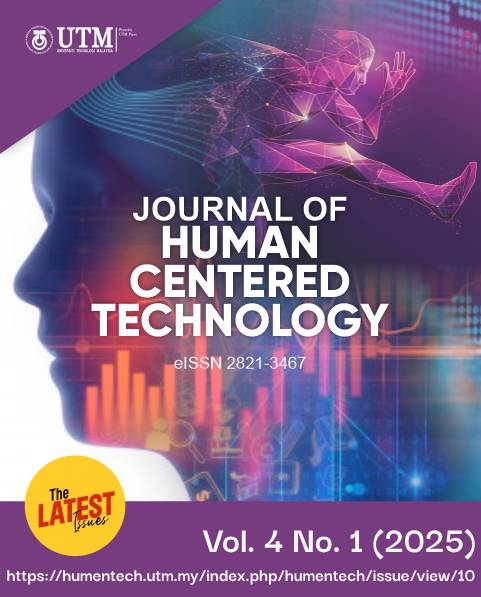Review on Fundamental of Electroencephalography and Detection Techniques in Substance and Behavioral Addiction
DOI:
https://doi.org/10.11113/humentech.v4n1.98Keywords:
Detection, EEG, Drug addiction, Chronic relapsing, Brain diseaseAbstract
Addiction is a chronic relapsing brain disease associated with substantial individual and societal burden. It includes complex phyco-physiological conditions and can be recognized by compulsive and harmful behaviors towards a substance or activity, despite negative consequences or “bio-psycho-social-spiritual” disorder. This paper aims to comprehensively review previous research which applied machine learning to electroencephalography (EEG) signals for automatic detection of addiction. A systematic search was done on 200 relevant papers published between 2018 - 2023. The previous studies applied a variety of machine learning algorithms including support vector machines, neural networks, logistic regressions and brain networks to classify addicted individuals against controls based on resting state, cue-reactivity paradigms and neurofeedback tasks. The features utilized spectral power, functional and effective connectivity, graph theoretical measures and event-related potentials. The output accuracy often exceeded 95% across multiple substances including alcohol, nicotine, cannabis and opioids. In this review, the challenges and open questions around data quality, model interpretation and transition to clinical settings were also discussed. In overall, automatic EEG analysis shows significant potential as an objective and accessible tool for addiction diagnosis, treatment monitoring and relapse prevention that projects worthy of continued refinement and validation.









